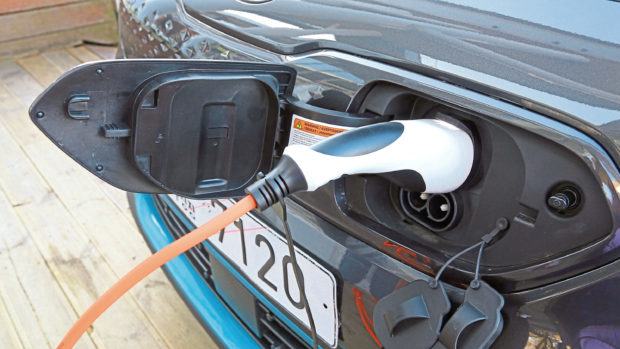The number of plug-in hybrid and fully electric cars rose by 76.6 per cent in 2018, according to new data released by the Society of Motor Manufacturers and Traders (SMMT).
There are now 195,410 plug-in vehicles on UK roads. Ownership of alternatively-fuelled vehicles (AFVs) also rose by 30 per cent, meaning that combined there are more than 620,000 hybrids, plug-in hybrids, hydrogen fuel cell and fully electric cars in the UK.
That’s still only a fraction of the total number of cars, though – there are now 34.9 million registered in the UK. It’s a diverse bunch, too, with 1,600 model ranges and almost 68,000 different specifications registered.
The increase in popularity of AFVs, combined with advancements in petrol and diesel engines, means that the average CO2 levels across manufacturer fleets have fallen to the lowest on record. They’ve been reduced by 17.8 per cent compared with 2008 – 143.9g/km compared to 175.1g/km.
Mike Hawes, SMMT chief executive, said: “Thanks to massive investment from manufacturers in delivering a wide range of models across all fuel types, to suit all driving needs, environmental gains are now being delivered across the UK. Ever-more advanced technology makes every new generation of vehicle more efficient than the last.
“We need a world-class package of incentives and infrastructure to give motorists the confidence to buy the latest, cleanest cars, whatever the fuel type, in the greater numbers we need to meet environmental challenges.”
The SMMT’s data also shows that female car ownership is at a record high. 2018’s level rose by 1.4 per cent compared to 2017, and more than 12 million of the UK’s cars are now owned by women.
Diversity may be rife in ownership, but the data shows we’re an unimaginative bunch when it comes to car colours.
The top five is almost totally monochrome, with silver, black, grey and white the most popular choices. Blue does nip into third place though.









